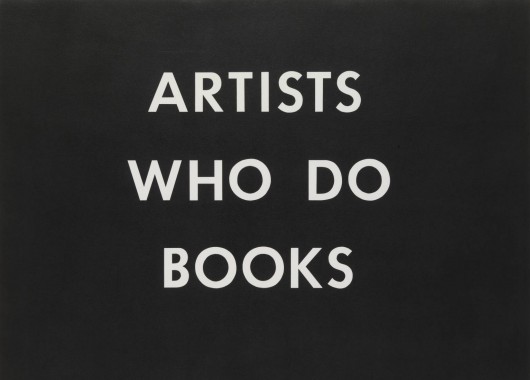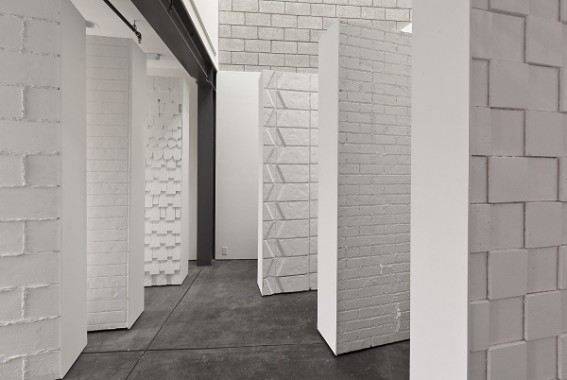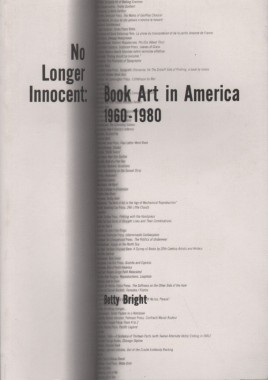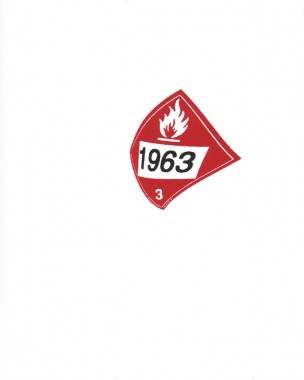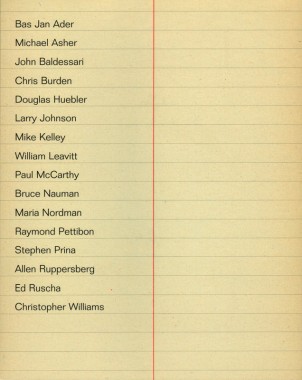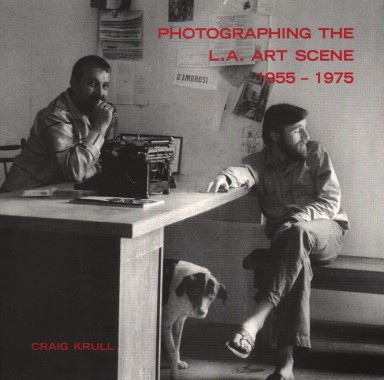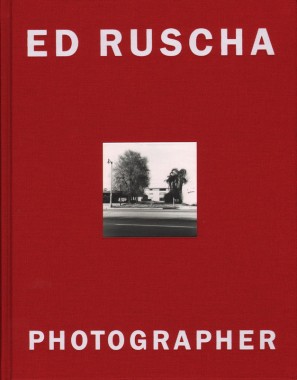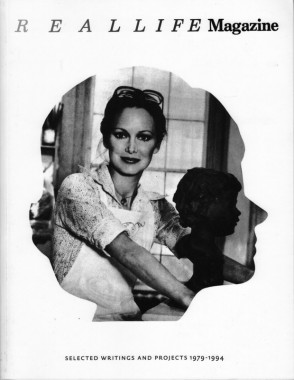Book Affair
Saturday, February 11, 2012
10am-4pm
Organized by Fiona Connor & Co.
Various Small Fires
1212-B Abbot Kinney Blvd.
Venice, CA 90291
www.vsf.la
While books will be offered for sale, the event will also be an opportunity for local publishers and artists to share titles and editions that are not always available to the Los Angeles community.
Along these lines, each participant will bring five books for either selling and/or sharing. A comprehensive bibliography with all participants and their titles will also be compiled and distributed. There will also be a xerox machine located on the premises for visitors to use.
Textfield, Inc. will display 5 books less than 10 inches, on a shelf provided by the organizers, and an Eduardo Sarabia vase/sculpture, placed on the seat of a chair/pedestal.
Book Affair will also display furniture made specifically for the event by Tahi Moore, Joshua Nathanson, Michael Ned Holte, and Fiona Connor among others.
Participants include: 2nd Cannons, A-Z video, Chinatown: the sequel, Dexter Sinister, Harsh Patel, Henry Glover, Kaleidoscope, Ooga Booga, Prism of Reality, Semiotexte, Textfield, Inc., Works Sited, and WorldFood Books.
No Longer Innocent: Book Art in America 1960-1980
Betty Bright, No Longer Innocent: Book Art in America 1960-1980
Softcover, 320 pp., offset 4/1, 7 x 10 inches
Edition of 2000
ISBN 978-1-887123-71-6
Published by Granary Books
$40.00 ·
dongghab
Sowon Kwon, dongghab
Softcover, 48 pp., offset 4/2, 5.5 x 7 inches
Edition of 500
ISBN 978-0-9829524-0-5
Published by Vermont College of Fine Arts
$15.00 ·
New York-based artist Sowon Kwon works in a range of media including sculptural and video installations, digital animation, drawing, and printmaking. Her recent work explores portraiture, perception, and historical memory as our bodies are increasingly submitted to and made accessible through technology. She has had solo exhibitions at The Kitchen in New York City, Matrix Gallery/Berkeley Art Museum, and the Whitney Museum of American Art at Philip Morris (now Altria).
Art from Los Angeles: From the 60s-90s
Gregory Williams, Art from Los Angeles: From the 60s-90s
Softcover, 48 pp., offset 4/4, 215 x 270 mm
English and German
Edition of 2000
ISBN 9783865603241
Published by Walther König
$26.00 ·
Photographing the L.A. Art Scene 1955-1975
Craig Krull, Photographing the L.A. Art Scene 1955-1975
Softcover, 92 pp., offset 1/1, 9 x 9 inches
Edition of 2000
ISBN 1-889195-02-2
Published by Smart Art Press
$25.00 · out of stock
Ed Ruscha Photographer
Ed Ruscha, Ed Ruscha Photographer
Hardcover, 184 pp., offset 4/1, 225 x 260 mm
Edition of 2000
ISBN 9783865212061
Published by Steidl
$35.00 · out of stock
Real Life Magazine: Selected Writing and Projects 1979-1994
Real Life Magazine: Selected Writing and Projects 1979-1994
Softcover, 320 pp., offset 1/1, 8.25 x 11 inches
Edition of 1000
ISBN 9780978869700
Published by Primary Information
$30.00 · out of stock
The anthology features writings by and about Dara Birnbaum, Eric Bogosian, Rhys Chatham, Mark Dion, Jack Goldstein, Felix Gonzalez-Torres, Kim Gordon, Dan Graham, Thomas Lawson, Louise Lawler, Sherrie Levine, Allan McCollum, John Miller, Dave Muller, Matt Mullican, Adrian Piper, Richard Prince, David Robbins, Ed Ruscha, Cindy Sherman, Laurie Simmons, Michael Smith, John Stezaker, Bernard Tschumi, Jeff Wall, Lawrence Weiner, and James Welling among others.
